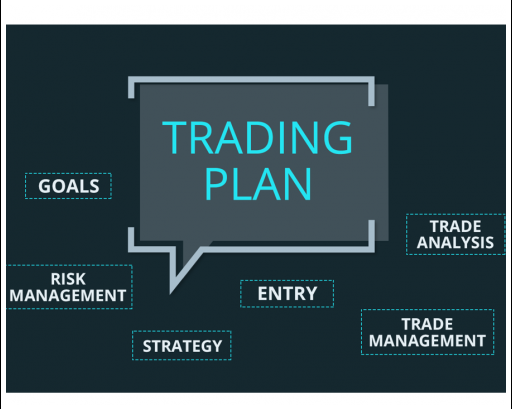How to Create Your Own Forex Trading Plan
If you want to become a consistently profitable forex trader, there’s one thing you absolutely need a forex trading plan.
A well-crafted trading plan helps you stay focused, avoid emotional decisions, manage risk, and trade with purpose. Without a plan, you’re just guessing and guessing doesn’t work in the forex market.
In this blog post, you’ll learn exactly how to create your own forex trading plan from scratch, even if you’re a complete beginner.
What Is a Forex Trading Plan?
A trading plan is a written document that outlines:
-
How you will trade
-
What you will trade
-
When you will trade
-
Why you will take certain trades
-
How much you are willing to risk
It’s like your personal roadmap to trading success helping you stay disciplined and consistent regardless of market conditions.
Why You Need a Trading Plan
-
✅ Keeps your emotions in check
-
✅ Prevents impulsive trades
-
✅ Helps you track and improve performance
-
✅ Provides a clear structure to follow
-
✅ Builds confidence over time
Professional traders never trade without a plan — and neither should you.
✍️ How to Build Your Own Forex Trading Plan (Step-by-Step)
1. Define Your Trading Goals
Start by answering:
-
What are you trying to achieve? (e.g., monthly % return, building consistency)
-
Are you trading full-time or part-time?
-
What is your trading time horizon? (Scalping, day trading, swing trading?)
Set SMART goals Specific, Measurable, Achievable, Relevant, and Time-bound.
2. Choose Your Trading Style
Pick a trading style that matches your personality and schedule:
-
Scalping: Fast-paced, short trades (minutes)
-
Day Trading: Multiple trades within a day
-
Swing Trading: Trades held for days or weeks
-
Position Trading: Long-term trades based on big trends
If you have a 9–5 job, swing or position trading may suit you best.
3. Select Your Market and Time Frames
Decide:
-
Which currency pairs you’ll trade (e.g., EUR/USD, GBP/JPY)
-
What time frames you’ll analyze (e.g., 4H, 1D for swing traders; 15M, 1H for day traders)
Stick to 1–3 pairs to start. It’s better to master a few than to be average at many.
4. Define Your Trade Setup
This is the core of your strategy. Be specific about what you look for before entering a trade.
Example setup:
-
Market must be in a clear trend
-
Wait for pullback to support/resistance
-
Look for confirmation candlestick pattern (e.g., bullish engulfing)
-
Enter trade with a 1:2 risk-reward setup
You can use price action, indicators, or both but keep it simple and repeatable.
5. Set Your Risk Management Rules
This is non-negotiable. Decide:
-
How much you’ll risk per trade (1–2% is recommended)
-
How you’ll calculate your stop loss and take profit
-
Minimum acceptable risk-to-reward ratio (e.g., 1:2)
Example: With a $1,000 account, 2% risk = $20 per trade.
6. 🧠 Outline Your Trade Execution Process
What steps do you follow when you open a trade?
Example:
-
Check overall market trend
-
Identify key levels
-
Look for trade setup
-
Confirm with signal
-
Set entry, stop loss, and take profit
-
Record trade in journal
-
Manage trade if needed
Follow the same checklist every time to stay consistent.
7. Track Your Performance
Use a trading journal to log every trade:
-
Date & time
-
Currency pair
-
Entry & exit price
-
Stop loss and take profit
-
Reason for entry
-
Outcome (win/loss)
-
What you learned
This helps you find what’s working and what needs improvement.
Common Mistakes to Avoid
-
❌ Copying someone else’s plan without personalizing it
-
❌ Changing your strategy after every loss
-
❌ Ignoring your plan during emotional moments
-
❌ Overcomplicating your rules
✅ Final Thoughts
A forex trading plan is more than just a checklist — it’s your foundation for discipline, growth, and long-term success.
Don’t skip this step. Write your plan down, follow it consistently, and update it as you learn and grow.


